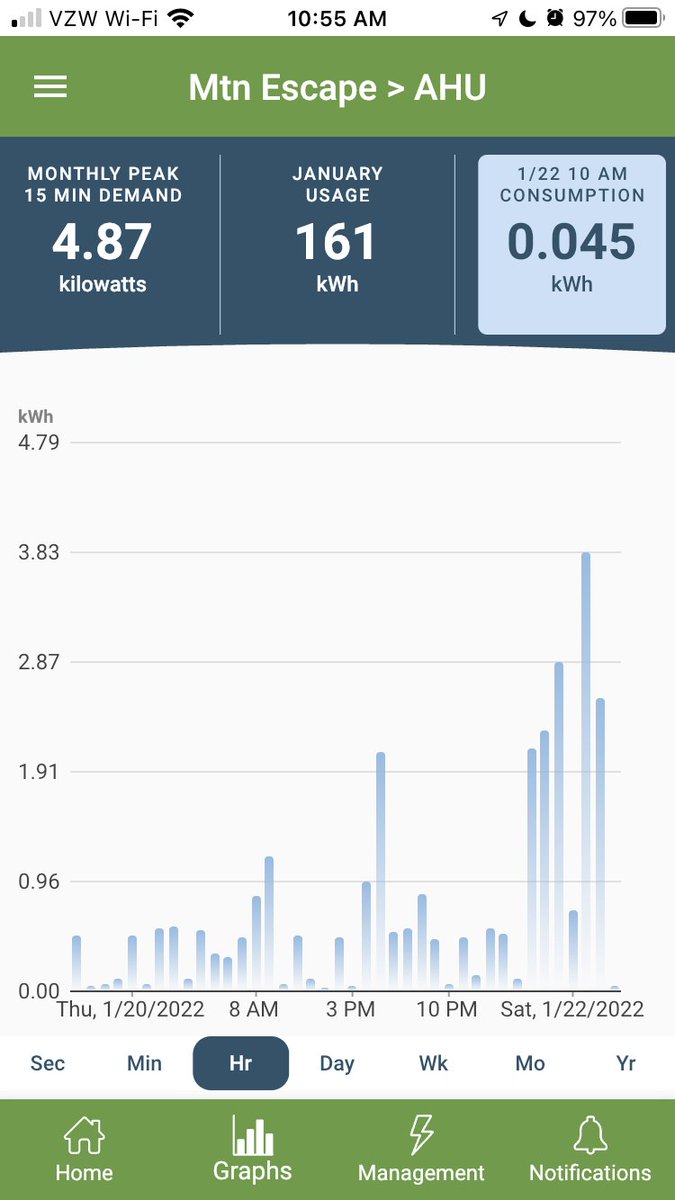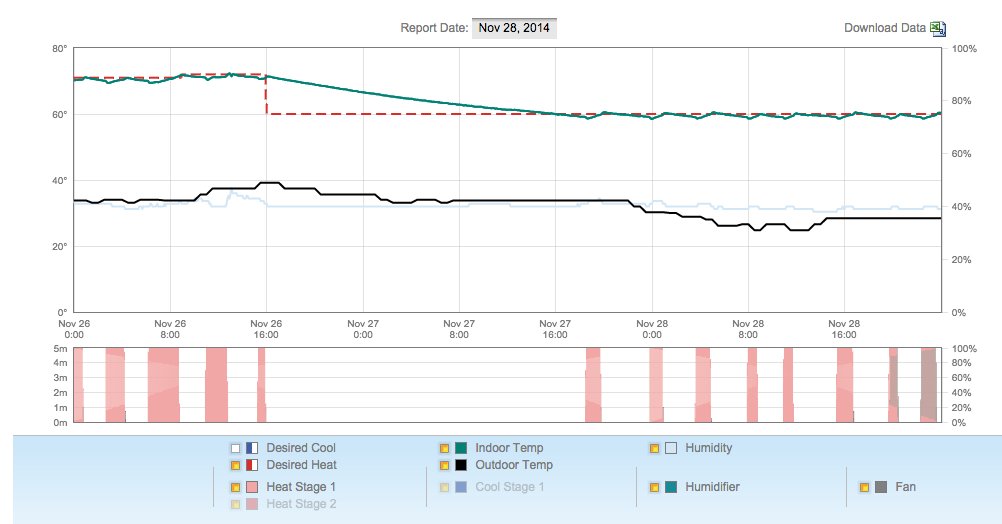
Story Time - Advocating apolitically for #electrifyeverything
A thread. 🧵
Pulled from the Electrify Everything group. bit.ly/ElectrifyEvery…
A thread. 🧵
Pulled from the Electrify Everything group. bit.ly/ElectrifyEvery…

I arrived in Des Moines last night for the Momentum Is Building conference.
I grabbed a cab and naturally we got to chatting. I LOVE cab drivers because they are full of so much local information. 2
I grabbed a cab and naturally we got to chatting. I LOVE cab drivers because they are full of so much local information. 2
He naturally asked what I'm here for. I told him a building science conference. He asked what BS was and I told him the physics of how a building works, which tends to end conversations but neither of us had anything better to do so we kept going. 3
He then asked me if there was anything really behind this green BS (not meaning building science.) He mainly meant building codes.
I instantly had a pretty good idea of where he's coming from, so I asked how he felt about wind turbines. He said he loved them. 4
I instantly had a pretty good idea of where he's coming from, so I asked how he felt about wind turbines. He said he loved them. 4
I told him the costs of wind, solar, and batteries are all down 70-90% in the last decade, so they have moved faster than any of our perceptions can keep up, and it is now the cheapest form of energy mankind has ever known. 5
Economics tend to cross the political spectrum well. If the economics make sense, the solution generally makes sense. 6
We then discussed heat pumps a bit and I used my usual line about how there's heat coming out of the bottom of a refrigerator even though it's cold inside, so there is heat to remove from the cold air. 7
Then translated this to an air conditioner that can run backwards and pull heat from the cold air outside. 8
Then I told him the last decade has seen spectacular development in heat pumps so they now provide much better experiences than they did in the past and are similar in operation costs to gas. 9
I asked him about if he'd rather have 10 gallons dumped over his head or a 5 minute shower - which illustrates that gradual output leads to better comfort. 10
Heat pumps do a better job of this, so used correctly provide better comfort than furnaces. That illustration works amazingly well. 11
Then I told him about @Silas Hoeppner who lives here in town and has a hybrid. When he saw that gas costs were doubling this winter he set up his hybrid to lean hard on the heat pump instead of the furnace. While most heat bills are doubling this winter, his are only up 4%. 12
I asked questions and met him where he was. We closed the conversation with his question about what will happen in 20 years. I told him we'll all have heat pumps. He accepted that despite his early objection to "green BS." 13
I'd avoided a whole bunch of political landmines and spoken in his language of economics and practicality. I spoke in mainstream market terms. 14
He said he'd look into heat pumps the next time he bought HVAC.
How can you have similar apolitical conversations that meet people where they are without judgement? 15
The End
How can you have similar apolitical conversations that meet people where they are without judgement? 15
The End
PS To be fair I'm also a midwesterner and politically centrist, so I'm used to his way of thinking. I've always enjoyed learning about cultures and how to fit in, it's fun to use that training.
50% of resi US gas use is in 9 states, basically the midwest. Adapt messaging to it.
50% of resi US gas use is in 9 states, basically the midwest. Adapt messaging to it.
• • •
Missing some Tweet in this thread? You can try to
force a refresh



















